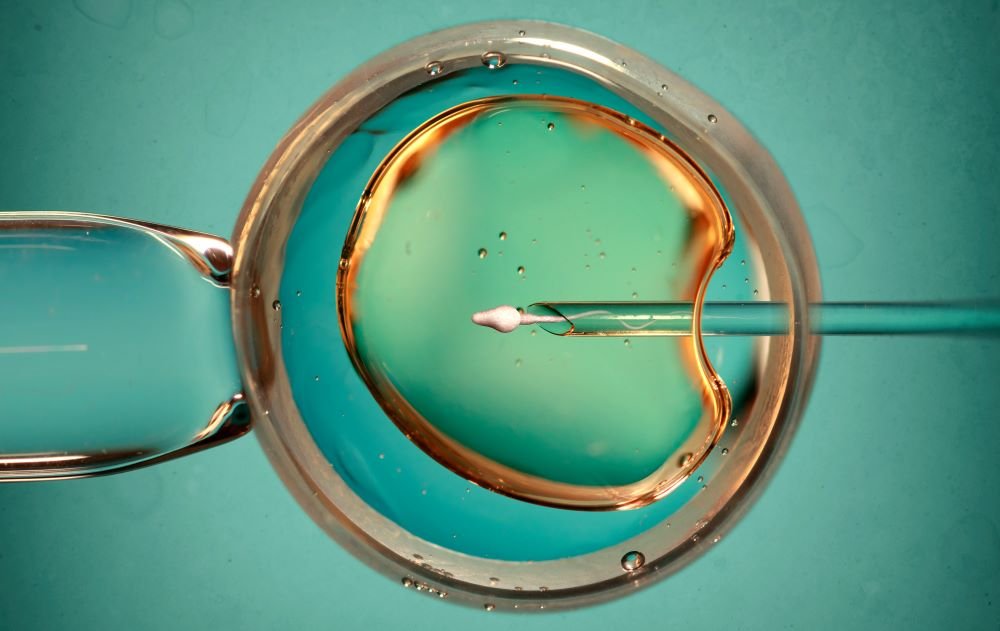
Exposure to air pollution can significantly reduce the odds of in vitro fertilization (IVF) leading to a live birth, a new study says.
The odds of a live birth are nearly 40% lower in women heavily exposed to particle pollution in the two weeks before her eggs were collected for IVF, compared to those with the least exposure, researchers found.
“These findings suggest that pollution negatively affects the quality of the eggs, not just the early stages of pregnancy, which is a distinction that has not been previously reported,” lead researcher Dr. Sebastian Leathersich, a gynecologist with King Edward Memorial Hospital for Women in Subiaco, Australia, said in a news release.
In IVF, a woman’s eggs are fertilized with a man’s sperm in a laboratory. The resulting embryo is then transferred back into a woman to develop.
For the study, researchers analyzed nearly 3,700 frozen embryo transfers from more than 1,800 patients during an eight-year period in Perth, Australia.
The study examined concentrations of air pollutants at 24 hours, two weeks, four weeks and three months prior to egg retrieval, to see how pollution might affect the success of IVF.
The heaviest exposure to PM10 particulate pollution decreased the odds of a live birth by 38%, researchers found. PM10 particles are typically 10 micrometers in diameter, and can include dust, pollen and mold.
Researchers also found that increasing exposure to finer PM2.5 particle pollution – typically produced by vehicle exhaust and industrial activity – was associated with decreasing odds of a live birth.
This negative impact of air pollution was observed even though the air quality was generally excellent during the study period, researchers added. PM10 and PM2.5 levels exceeded World Health Organization guidelines on just 0.4% and 4.5% of the study days.
“Climate change and pollution remain the greatest threats to human health, and human reproduction is not immune to this,” Leathersich said. “Even in a part of the world with exceptional air quality, where very few days exceed the internationally accepted upper limits for pollution, there is a strong negative correlation between the amount of air pollution and the live birth rate in frozen embryo transfer cycles. Minimizing pollutant exposure must be a key public health priority.”
Researchers presented their findings Sunday at a meeting of the European Society of Human Reproduction and Embryology in Amsterdam.
“This important study highlights a significant link between air pollution and lower IVF success rates, with a notable reduction in live births associated with higher particulate matter exposure before oocyte retrieval. These findings emphasize the need for ongoing attention to environmental factors in reproductive health,” Dr. Anis Feki, the society’s chair-elect, said in a news release.
The study also appears in the journal Human Reproduction.
More information
The U.S. Environmental Protection Agency has more about particle pollution.
SOURCE: European Society of Human Reproduction and Embryology, news release, July 7, 2024
Source: HealthDay
Copyright © 2025 HealthDay. All rights reserved.

Leave a Reply